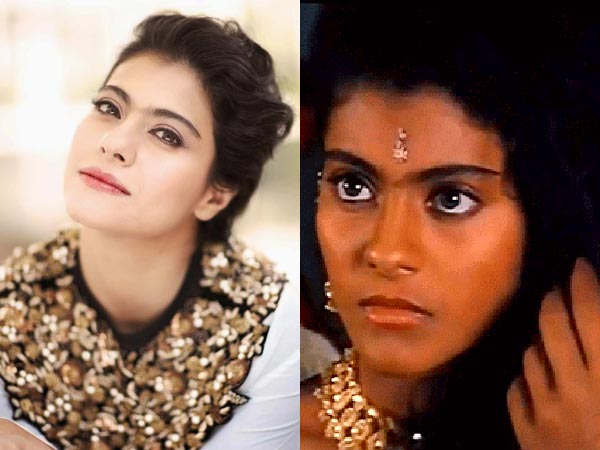by Sufia Ali
For as long as I can remember, I was always criticized for my appearance. I spent all my adolescent years thinking I would never be good enough for anyone just for the
mere fact that I had dark skin.
When high school came around, I finally found someone with whom I’d fallen in love with and soon after graduation, we were married. He always said he liked me for my personality and looks didn’t matter, but I secretly make myself believe that he thought I was beautiful.
[Read More: Not So Fair, But Oh So Lovely]
Marrying Prince Charming didn’t end the criticism. I was married to an amazingly handsome, light-skinned, Pakistani man. It accelerated to the point where I was eventually wearing so many layers of light-colored makeup that it was difficult for my friends and family to recognize me when I was out in public. It was horrible, but I accepted it thinking if everyone else was happy with my looks, then I was happy with myself.
Years passed, and I had kids. You would think that after two kids, people give you some space and understand the pressures of raising young kids (one who had colic for four years). It can understandably take a toll on a new mother’s looks. No, it didn’t happen that way. It continued. I was ridiculed for the dark eye circles that came from all those sleepless nights (again, that colicky child) to the tiniest visible stretch mark.
Then, one day, I saw my 10-year-old daughter who is a beautiful caramel skin color, playing with my makeup. She loves to imitate me so I was not surprised that she quickly jumped to slather on some of my beige colored powder foundation. That’s when I lost it. I would not let my daughter look like the fake person I had forced myself to be for most of my life.
 I threw away all my beige to light tan colored tones and took a trip to Sephora. I walked out of that Sephora smiling big, only because my bag consisted of olive to deep tan skin colored foundations. I never went back to light again and I couldn’t feel more beautiful, confident, and ready to conquer the world than I do now.
I threw away all my beige to light tan colored tones and took a trip to Sephora. I walked out of that Sephora smiling big, only because my bag consisted of olive to deep tan skin colored foundations. I never went back to light again and I couldn’t feel more beautiful, confident, and ready to conquer the world than I do now.
 Sufia Ali/Hashim was born in Hyderabad, India and raised in Houston, TX. She is a 31-year-old mom of two with a degree in Management. Currently, she is pursuing her license to sell real estate in Texas. She’s accomplished a lot over the years but still has so much more to do ahead! She’s a proud brown girl whom you can follow on Instagram @sanober85.
Sufia Ali/Hashim was born in Hyderabad, India and raised in Houston, TX. She is a 31-year-old mom of two with a degree in Management. Currently, she is pursuing her license to sell real estate in Texas. She’s accomplished a lot over the years but still has so much more to do ahead! She’s a proud brown girl whom you can follow on Instagram @sanober85.





